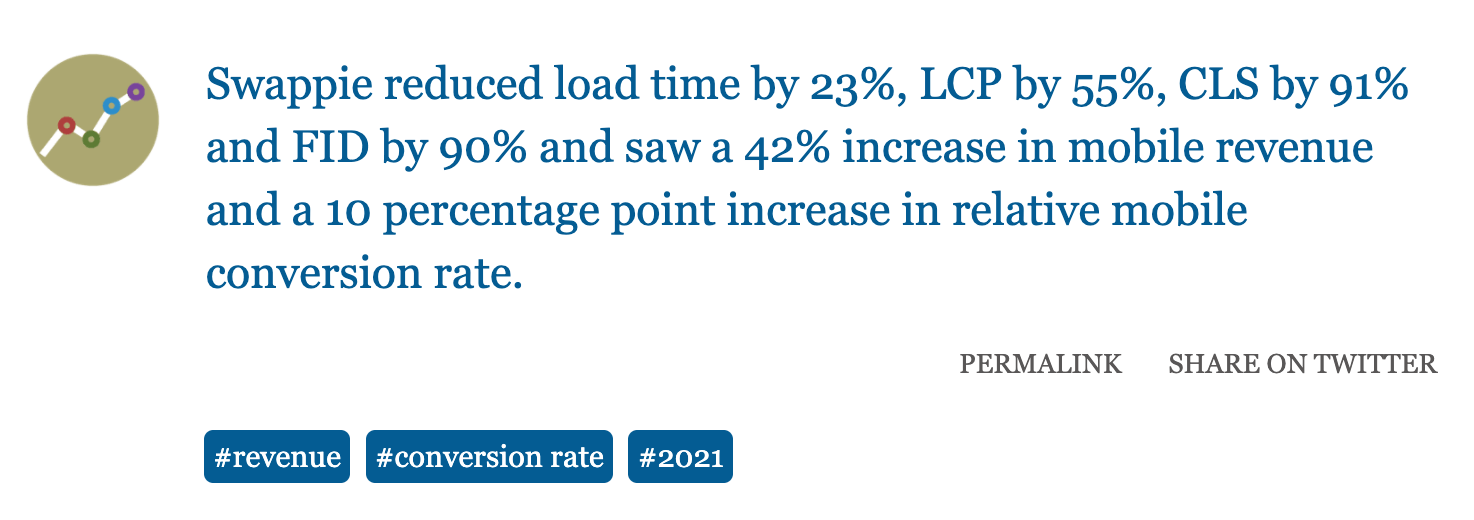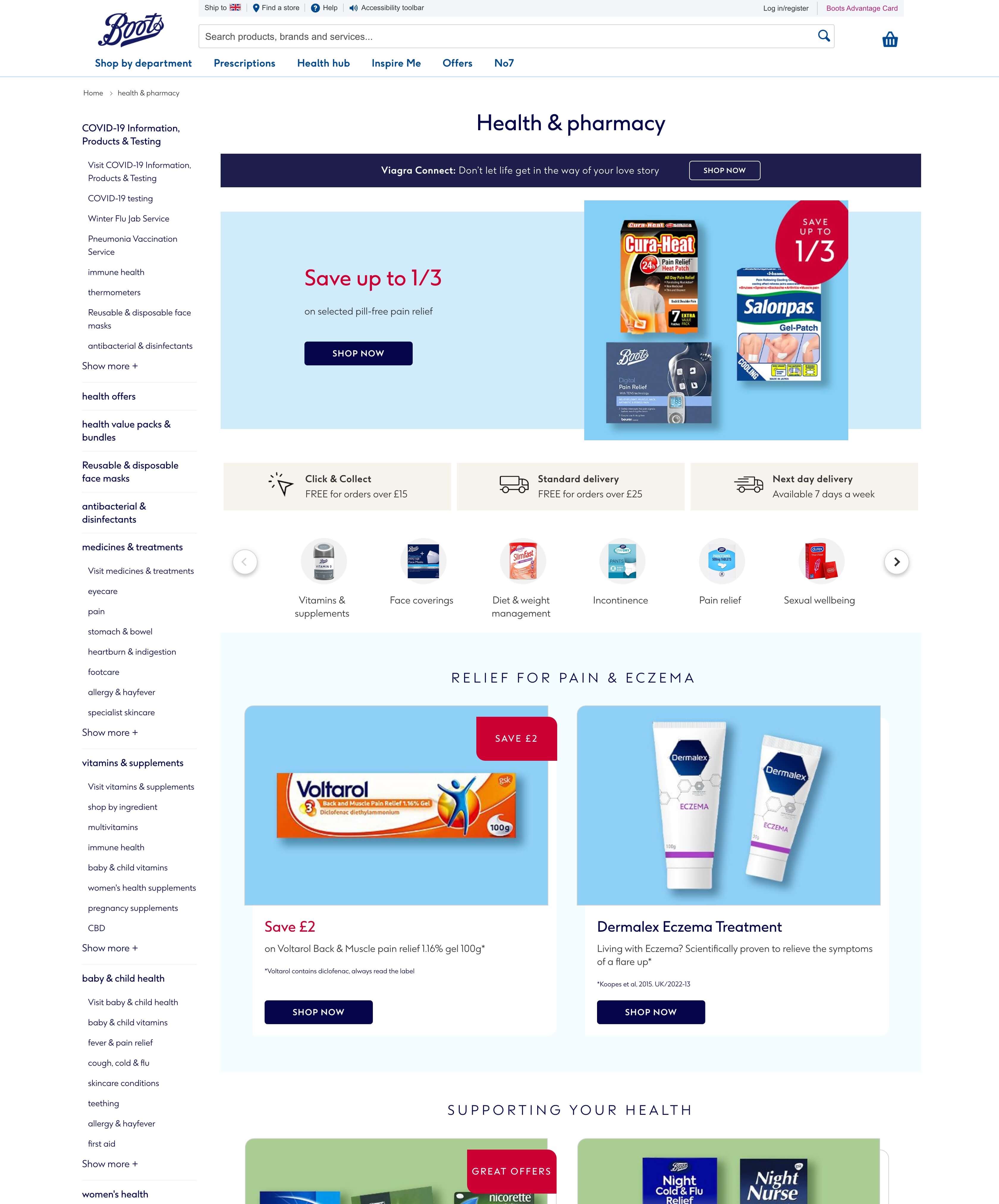An often common belief amongst eCommerce brands that are looking to scale is that investing in traffic acquisition / driving more traffic is a sure-fire way to grow sales.
That’s not always the case. More importantly, you’re totally capping your growth potential by solely focussing on traffic growth as a silver bullet to increasing sales.
Ultimately, what I’m saying is that solely driving more traffic (albeit it quality and relevant traffic) is no way a guarantee to a proportionate increase in sales.
A 20% increase in traffic does not automatically secure a 20% increase in sales or any increase at all for that matter.
Wait, are you suggesting that investing in SEO is a poor choice?
To be crystal clear, no. But what I am saying is that if growing sales is the key objective, then growing sales has to be about more than just traffic growth.
SEO inherently can potentially increase sales as a result of driving more traffic; it’s a consequence of driving more qualified visits, right?
To use a terrible analogy… If you’re thirsty, why not just drink a glass of water rather than prepare and eat an entire watermelon to hydrate the same amount?
Here’s where CRO (Conversion Rate Optimisation) really comes into its element.
If you want to increase eCommerce sales, you want to focus on tackling that objective as directly as possible to maximise return and results. Effective CRO is more likely to directly impact sales performance than SEO will.
Using a simplified example of SEO vs CRO to explain…
If you’re currently converting at 1.5%, let’s say that introducing an 20% increase in traffic is still going to convert at the same rate (conversion often suffers once traffic increases, but more on that later – let’s keep this example simple.) So for every 200 visits, you’ll capture roughly 3 sales.
Now, by investing in CRO and levelling up conversion rate by a conservative single percentage point to 2.5%, for the same 200 visits, you’ll capture roughly 5 sales.
To get those same sales increases through SEO instead, you’ll need to almost double the amount of traffic you’re capturing to grab those 5 sales; 334 visits to be exact. That’s a traffic increase of almost 70% to get the same sales increases.
To be clear, doubling organic traffic is no mean feat and can potentially take a lot of work and time to secure those levels of traffic growth.
You’ll need to almost double the amount of traffic your website is getting to get the same sales increases from SEO as you would by increasing CVR by one percentage point (from 1.5% to 2.5%) via CRO.
Of course, this is all theoretical. In the real world CVR and traffic levels aren’t as consistent and vary wildly based on a seemingly infinite number of internal and external factors, but I hope that this simplified working example showcases:
- Why CRO is often more effective at driving sales increases that SEO
- Why you should drink water rather than eat watermelon to hydrate 😅
Another reason why investing solely in SEO to grow sales can be inefficient? As traffic scales, conversion rate often drops.
Back to this point I eluded to earlier.. To make things more interesting, whether it’s a traffic increase from paid search, paid social, SEO or another channel(s), it’s often the case that as traffic scales, conversion erodes.
This question posted is one many people can relate to and have experienced at one point or another:

There are many reasons as to why this can happen, but what’s important to understand here is if more traffic is eroding your conversion rate, you’re likely going to need to turn up your traffic by more than the 70% in the above example to secure the same increase in sales.
If typically increasing traffic erodes conversion, you’re actually more likely to need to grow traffic by more than 70% to achieve the same uplifts explained in the example.
This article from Conversion Sciences has a bunch of tips explaining why conversion may have fallen for your eCommerce store, but point number 6 is particularly poignant and demonstrates some of the reasons why a traffic increase can negatively impact CVR. It’s another reason why optimising conversion is critical to growing sales.
What’s the best approach to growing sales? SEO or CRO?
In a perfect world, and if budgets and resources allow, focus on both simultaneously.
However, I believe (and I’ve proven working with clients) that it’s much more powerful to focus resources into CRO first.
Here are the reasons why:
It’s typically much easier to control your website than it is to influence how search engines rank your website
Making changes to your / your client website’s code is almost always easier than influencing how search engines rank and position your website in the SERPs.
Although yes, you could absolutely argue that technical SEO mostly requires code changes to improve the SEO landscape for a website; making the right technical changes is likely to have a positive impact, but there’s no guarantee of a ranking increase and a reward in traffic.
The SERPs aren’t yours to control.
Your website’s code, however, is at least mostly and if not entirely within your control. Here lies the big difference.
If you’ve an issue where there’s something unclear on your checkout page is turning off potential customers, your delivery fees are higher than expected, or something is causing a bug for mobile users etc; fixing these issues and points of friction and testing variants can potentially yield quick improvements because onsite experience is entirely yours to shape and control.
Identifying and fixing where your losing sales before turning up traffic just makes sense
Wherever the increase in traffic is coming from, making it easier for the traffic you have now to convert better (and therefore also making it easier for the traffic you’re planning to add to convert better too) just makes plain commercial sense.
By improving conversion and making advancements to all metrics associated to sales (average order value, reducing cost per sale, improving LTV if that’s a metric that’s important to your vertical etc) you’re going to directly and dramatically influence the return on investment from other acquisition channels too; paid, SEO or otherwise.
You have the potential to indirectly improve SEO performance by simply focussing on user experience

No, I’m not just talking about site speed here (although this is definitely a factor in optimising user experience) but building genuinely helpful and customer-centric experiences / landing pages can indirectly improve organic performance whilst focussing on conversion.
…But building genuinely helpful and other customer-centric experiences / landing pages can indirectly improve organic performance whilst focussing on conversion.
You’re killing two birds with one stone here. Additionally, shaping and designing that experience is all within your control; at the very least you’ve more control of your UX than you do the SERPs.
Let’s use Boots.com as an example. Specifically, let’s take a look at this core department landing page. It’s effectively a ‘shop window’ into the department itself and it allows customers to easily navigate, explore and browse the huge range of subcategories and brands that exist within this broad department.
It’s no coincidence that it’s the 2nd most powerful page when it comes to share of organic traffic for the domain (2nd only to their home page).

Sure links, information architecture and other SEO factors play a part here; but this page ranks so effectively because it provides customers with a great experience.
Lastly, great experiences can also reduce the costs of your PPC campaigns too by improving your quality score.
Build and deliver a great customer experience and you can often be rewarded indirectly with an uplift in organic traffic and improved rankings.
Focus on improving the performance of softer conversions too
Although they aren’t direct sales, softer conversions can support and often lead to sales down the line – don’t underestimate soft conversions.
CRO initiatives can so often be victims of tunnel vision; solely focussing on the end goal. In this specific case, the online sale.
Don’t get me wrong, the end goal is critical to the overall CRO performance and optimising the end goal for the project to be deemed a success. However, you can certainly enrich and find ways to optimise CRO performance even further by paying attention to soft conversions too and how they support the end goal(s).
As you and so many know, email is one of the most powerful channels when it comes to conversion, retention and engaging with an audience that resonates well with your brand. More importantly, sign ups can effectively lead to a sale and best case – a repeat customer; a customer for life.
So be sure to optimise for email sign ups. Optimise your flows and think about how you nurture your list. Additionally, optimise for any opportunity to capture qualitative customer data. Some examples of soft conversions to also pay attention to and optimise for:
- Data capture from quizzes and surveys
- Getting to the checkout
- Adding to basket
- Downloading a document / resource
- Activating a free trial etc
By focussing on CRO, you’ll turn up the ROI of your SEO investments substantially
Think about it (I’ll use another one of my shit analogies) – why would you turn down the opportunity to make your stall more attractive to potential customers which means you’re more likely to make sales – and instead skip straight to putting your same stall you had on a busier patch?
It just doesn’t make sense to turn the opportunity down right? But what’s crazy is when it comes to the world of SEO – that’s precisely what happens.
Clients want (and clients are often sold) the lure of more traffic without first understanding and optimising what’s most important – securing the sale.
Time and time again, for those that first invest in CRO; they almost always unlock way more return on SEO investments than those that don’t and if you tap into the stall analogy, you don’t have to think too hard to understand why, right?
Time and time again, for eCommerce brands that first invest in CRO; they almost always unlock way more return on their SEO investments that those that do not.
- Those that focus on CRO first drive more sales, collect more valuable email addresses to build relationships and nurture email addresses in to customers.
- Those that focus on CRO are likely to have higher AoVs, more items per order
- Those that focus on CRO are less likely to be impacted by organic traffic volatility when rankings flux and updates are rolled out etc
This is precisely why I highly recommend to at the very least, leverage quick CRO wins before you focus on SEO.
Lastly, Nobody really wants SEO, (nobody wants CRO for that matter) – nobody wants more traffic. What we really want is what we believe those services will give us, which is of course, more sales.
If that’s ultimately what your client or your business needs and is looking to achieve, the best way to do that when it comes to these two disciplines is to conduct some form of conversion rate optimisation before you make investments in growing organic traffic – especially when it comes to eCommerce.
That’s because optimising conversion is simply and factually just tethered more closely to that core goal of sales growth than SEO is.
HTH.
